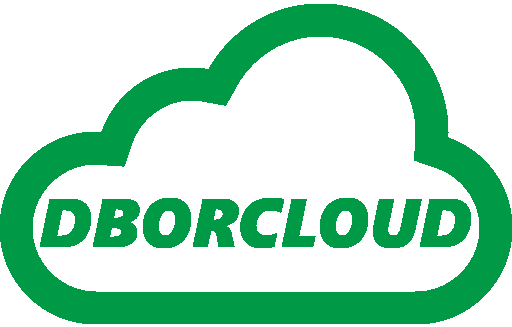Create an Index By Table of Record
An index by table is an associative array.
An associative array never has more than two columns: the variable being indexes and the index value.
However you can combine a record with an associative array to tie multiple values to the same index.
In this case the array still has a variable and an index, but the record variable now contains multiple distinct values.
In the below example you’ll see how to associate a record to an associative array.
DECLARE
TYPE r_impiegati IS RECORD (
imp_id NUMBER ,
imp_nome VARCHAR2(30),
imp_cognome VARCHAR2(30)
);
r_imp_rec r_impiegati;
TYPE t_imp IS TABLE OF r_impiegati
INDEX BY PLS_INTEGER;
t_imp_tab t_imp;
BEGIN
r_imp_rec.imp_id := 1;
r_imp_rec.imp_nome := ‘Domenico’;
r_imp_rec.imp_cognome := ‘Berardi’;
t_imp_tab(1) := r_imp_rec;
r_imp_rec.imp_id := 2;
r_imp_rec.imp_nome := ‘James’;
r_imp_rec.imp_cognome := ‘Bond’;
t_imp_tab(2) := r_imp_rec;
DBMS_OUTPUT.PUT_LINE(‘
DBMS_OUTPUT.PUT_LINE(t_imp_
DBMS_OUTPUT.PUT_LINE(t_imp_
DBMS_OUTPUT.NEW_LINE;
DBMS_OUTPUT.PUT_LINE(‘——–
DBMS_OUTPUT.NEW_LINE;
DBMS_OUTPUT.PUT_LINE(‘
DBMS_OUTPUT.PUT_LINE(t_imp_
DBMS_OUTPUT.PUT_LINE(t_imp_
END;
The output will be:
Impiegato numero 1
Domenico
Berardi
———-
Impiegato numero 2
James
Bond

